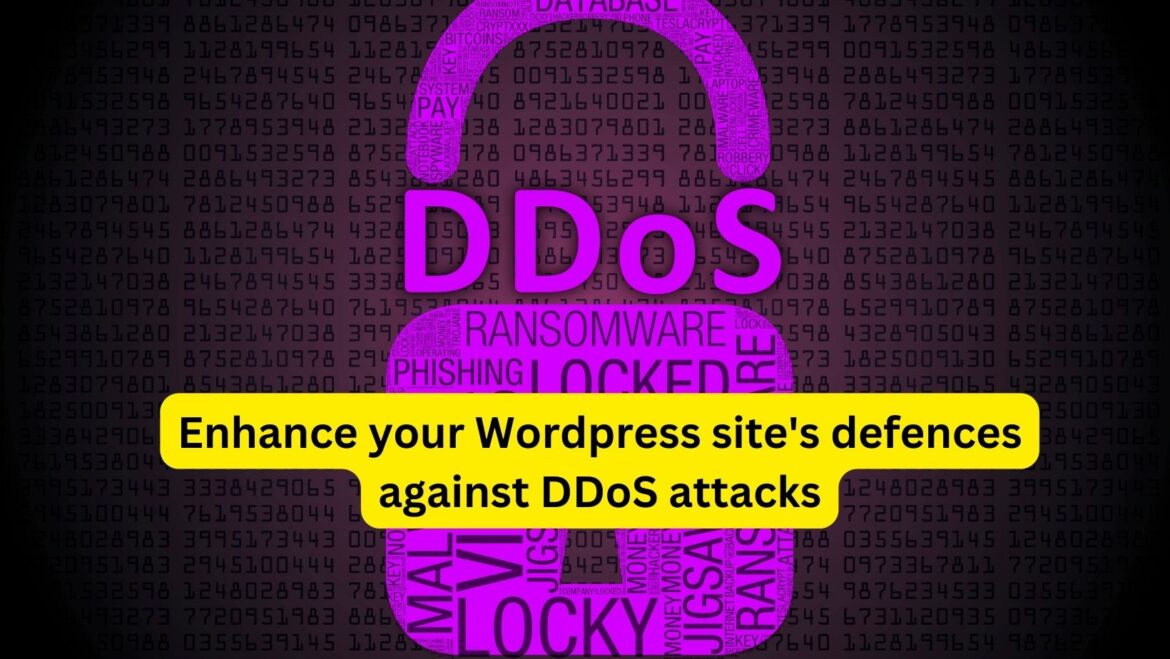Protecting a WordPress blog from Distributed Denial of Service (DDoS) attacks requires a combination of preventive measures and proactive monitoring. Here’s how you can enhance your site’s defenses against DDoS attacks:
- Choose a Reliable Hosting Provider: Opt for a hosting provider with robust DDoS protection measures in place. Look for providers that offer network-level DDoS mitigation services and have a track record of effectively handling DDoS attacks.
- Implement Rate Limiting: Use plugins or server configurations to implement rate limiting on your website. This restricts the number of requests a single IP address can make within a certain timeframe, helping to mitigate the impact of DDoS attacks.
- Utilize Content Delivery Networks (CDNs): CDNs can distribute your website’s content across multiple servers worldwide, reducing the load on your origin server and mitigating the impact of DDoS attacks. Many CDNs also offer DDoS protection services as part of their offerings.
- Enable Web Application Firewall (WAF): Install and configure a Web Application Firewall (WAF) to filter out malicious traffic, including DDoS attacks, before it reaches your WordPress site. WAFs can help detect and block various types of suspicious activity, including DDoS-related traffic patterns.
- Optimize WordPress Performance: Improve your WordPress site’s performance by optimizing code, minimizing unnecessary plugins and scripts, and implementing caching solutions. A well-optimized site is better equipped to handle sudden spikes in traffic that may occur during DDoS attacks.
- Monitor Website Traffic: Use website traffic monitoring tools to keep an eye on incoming traffic and detect any unusual patterns or sudden increases in traffic volume. This can help you identify and respond to DDoS attacks promptly.
- Regularly Update WordPress and Plugins: Keep your WordPress core, themes, and plugins up to date to patch any security vulnerabilities that attackers could exploit to launch DDoS attacks or other types of attacks.
- Use CAPTCHA and IP Blocking: Implement CAPTCHA challenges on login and contact forms to prevent automated bot attacks. Additionally, consider blocking malicious IP addresses or IP ranges known for launching DDoS attacks using security plugins or server configurations.
- Diversify Server Locations: If feasible, consider spreading your website across multiple server locations or data centers. This can help distribute the impact of DDoS attacks and ensure that your site remains accessible even if one server or data center is targeted.
- Develop a DDoS Response Plan: Create a detailed plan outlining the steps to take in the event of a DDoS attack, including how to communicate with your hosting provider, implement mitigation measures, and restore normal website functionality.
By implementing these measures, you can strengthen your WordPress blog’s resilience against DDoS attacks and minimize the potential impact on your website’s availability and performance.











